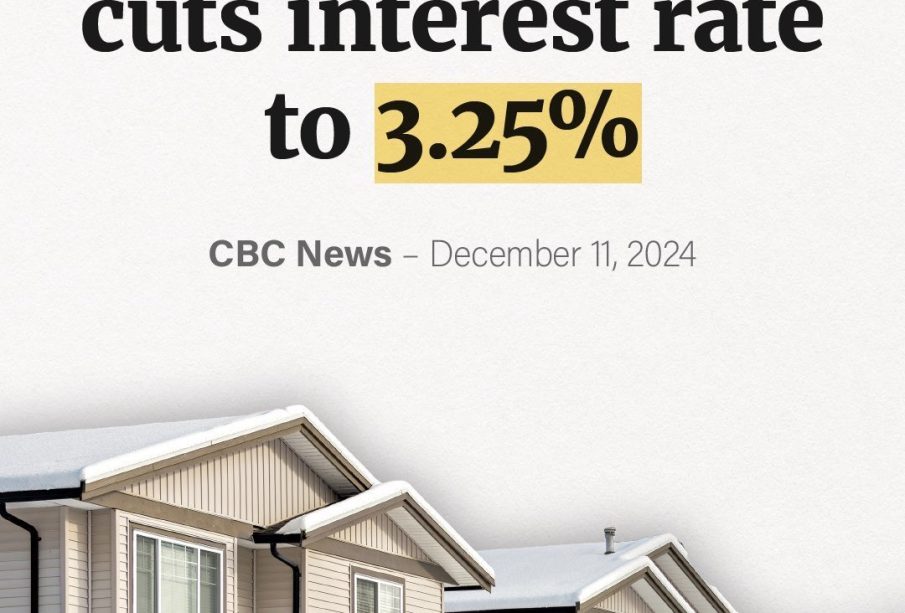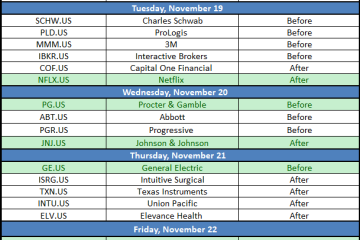Potential Bank of Canada Rate Cut: Implications and Impact

Introduction
The prospect of a Bank of Canada rate cut has captured the attention of economists and citizens alike. With inflation rates showing signs of stabilizing and economic growth facing uncertainties, such a cut could have profound implications for consumers, businesses, and the overall economy. Understanding the potential effects of this decision is crucial for those planning their finances in the near future.
Current Economic Environment
As of October 2023, Canada’s inflation has trended downward, reaching around 3.3% according to the latest data from Statistics Canada. The central bank aims to keep inflation close to its 2% target, and a rate cut may be employed to stimulate economic activity. Recent reports indicate slower consumer spending, raising concerns about growth, which can influence the Bank’s monetary policy decisions.
Market Reactions
Financial markets have been reacting to these signals, with analysts predicting a potential rate cut as early as the end of this year or the beginning of 2024. A reduction in the benchmark interest rate would lower borrowing costs for individuals and businesses, potentially increasing spending and investments. According to a report by the Canadian Mortgage and Housing Corporation, lower interest rates could stimulate the housing market, which has shown signs of cooling. However, the challenge remains in balancing the need for growth with rising household debt levels, which have been a concern for the Bank.
Predictions and Implications
If the Bank of Canada decides to cut rates, the immediate impact would likely be felt in the mortgage sector, credit cards, and business loans. Consumers could see lower monthly payments, easing financial pressure. On the other hand, savers may face reduced returns on savings accounts, a factor that could influence consumer confidence and spending behaviors.
Conclusion
In conclusion, a potential rate cut from the Bank of Canada could provide a much-needed boost to the economy amid slowing growth and declining inflation. As financial markets and consumers await the Bank’s decision, understanding the implications of such a policy shift is vital. Stakeholders should prepare for a financial landscape that may become more favorable for borrowing and spending. Keeping a close eye on economic indicators will be essential for making informed financial decisions in the coming months.









